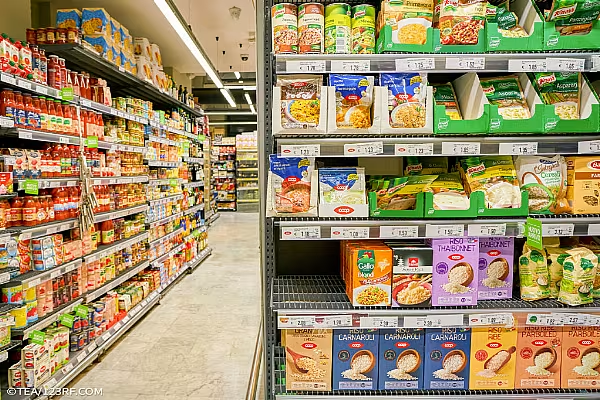FMCG suppliers should hit the ground running at the start of 2024 and use actionable insights to work with retailers to take advantage of predicted grocery trends for the new year, research and consultancy firm Bridgethorne has noted.
Recent predictions from FMCG Gurus suggested that key trends for the grocery sector in 2024 are likely to include maximising value, with more than half of global consumers actively looking to reduce spending on food and drink, an increasing awareness of the impact of climate change on food production chains, and a desire to pay greater attention to the ingredients used in products and their nutritional profile.
‘Timing Is Critical’
“Timing is critical, and starting the new year on the front foot is essential,” explains Dahlia Stroud, senior capability consultant at Bridgethorne.
“Suppliers need to put in place now the skills that will enable them to bring sustainability and value engineering together. This will enable them to work more closely in cross-functional teams to have clear innovation objectives based on insight and economics –and that’s how you generate competitive advantage as well.”
To do so, Stroud adds, suppliers need to be really clear on their end-to-end operating model and where they can remove costs, so that they can support retailers through cost price mitigation and ease off any of the inflation that has been felt in the last few years.
“At the same time, that goes hand in hand with scrutinising packaging and the products that they are putting out, making sure they are as sustainable as possible and thinking about how they can bring the two together, to be able to make for a more efficient product, in terms of cost and sustainability,” she says.
Understanding The Consumer
Stroud says that suppliers should start the year by working with retailers to put a real critical eye over what customers are looking for and what they need to sell, in terms of their operating models and range optimisation.
“Suppliers need to get on the front foot with this and understand which parts of their range are critical for the consumer and are going to be in line with the emergent trends in 2024 – and then how they can go with retailers on that range optimisation journey,” she adds.
“This means thinking from a category perspective and truly understanding where products can add category value for a retailer, and where products are driving an incremental offer versus purely what’s been done before.”
Utilising Insights
Key to this will be understanding how to use real insights, and not just data.
“There is a plethora of data that is available,” Stroud explains, “but it’s not just about seeing the facts – it’s how to draw out the insights from them to be able to make the right decisions commercially, and the right decisions for customers as well.
“The earlier in the year suppliers get into that process, the better placed they will be to take advantage of those trends. There will be multiple different demands during 2024, from different retailers, as well as evolving customer needs. The earlier suppliers can take a proactive stance to understand where their range can add value using actionable insights, the more they will be able to have quality conversations with retailers that add genuine value.”














